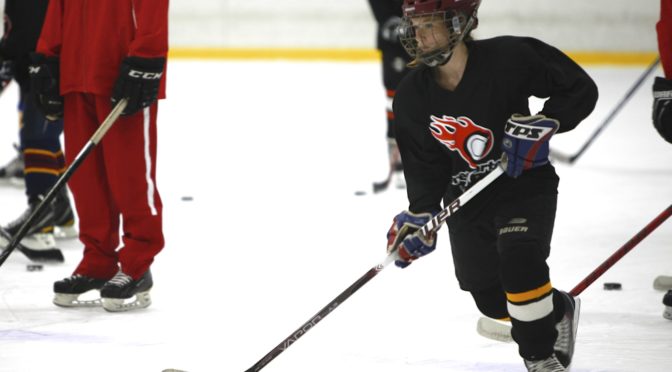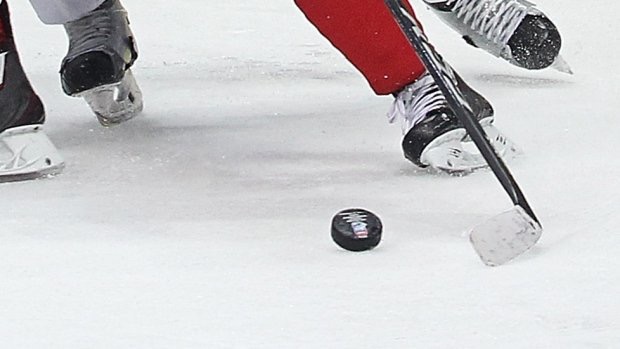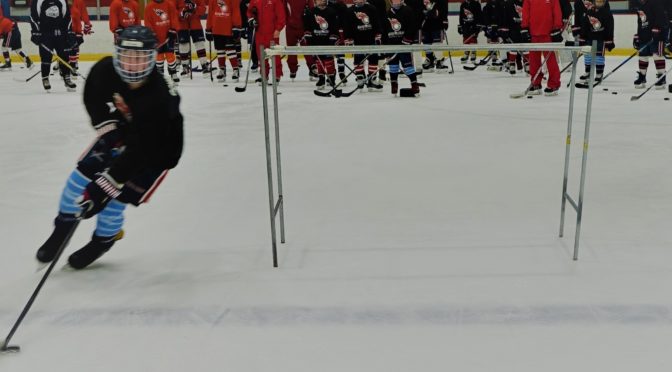22
August
Kicking Off The Season With The CARTER METHOD!
Posted by Greg Carter

Whether you are playing football this fall or just enjoy cheering on your favorite team, the CARTER Method of training can be applied to multiple sports and athletes, whether it’s in the centerfield to the backfield!
Control. The importance of body control in an athlete is critical. Every movement is a skill and in order to master a skill, and movement, an athlete must be dedicated to it, whether on the offensive line in football, or the blue line in hockey. Athletes must understand and enhance body movements to improve their overall balance and performance.
Agility. There was a great video that came out this summer of Nashville Prdators’ defenseman P.K. Subban working out on the ice skating with quick feet, changing directions and position of his body quickly and effectively. And, he did all of this under complete control. Speed, coordination, quick reflexes and balance are all important characteristics of having great agility.
Reflex. The Little League World Series is one of the great sporting events of the year. Watching a recent game I saw a batter send a line drive screaming right back at the pitcher. This pitcher stuck out his glove and snagged the ball before it flew by him into the outfield for a base hit. Great athletes have excellent reflexes.
Technique. Proper technique is the foundation of training. Enhancing performance without the proper technique is virtually impossible, especially as athletes mature. With football season upon us, color commentators love to talk about the technique of players, especially quarterbacks! There have been many good quarterbacks who never became great or elite, because they didn’t have the technique that would allow them to get to the next level. Make sure to pay attention to and work and proper technique!
Edge. When we talk about ‘edge’ in hockey we are talking about skating and using the inside and outside edges of the skate blade. Having great control and agility as an athlete will give you every advantage when the game is on the line.
Retention. The retention of motor skills, technique and other skill attributes is paramount. Repetition leads to retention. Repeatedly test yourself on what you are learning and over time, you will find success!
We hope you have a great Labor Day Weekend and an awesome start to the season!





 Subscribe
Subscribe Subscribe
Subscribe




